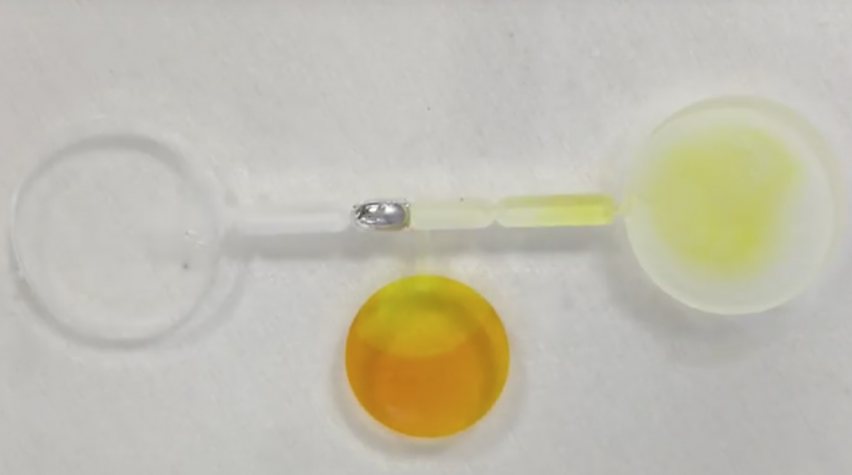
For those who dream of elastic electronic components, the future is looking bright. Researchers at RMIT University in Melbourne, Australia, have made new discoveries using liquid metals that are an important step towards soft-circuit systems.
Liquid metals — and especially non-toxic alloys of gallium — are so far the most promising. A research team at the RMIT’s School of Engineering immersed liquid metal droplets in water to understand how they could enable them to move autonomously.
By adjusting concentrations of acid, base, and salt components in the water, the researchers were able to manipulate the shape of the droplets and cause them to move without any external mechanical, electronic, or optical stimulant.
This led to the ability to create moving objects, switches, and pumps that operate autonomously, thanks to liquid metals that move on their own in reaction to the composition of surrounding fluid.
The researchers’ work supplies the basis for being able to use “electronic” liquid metals to make 3D electronic displays and components on demand, and create makeshift and floating electronics.
A short video summarizes the findings and shows images of the technology in action.
Image: screen grab, RMIT University


